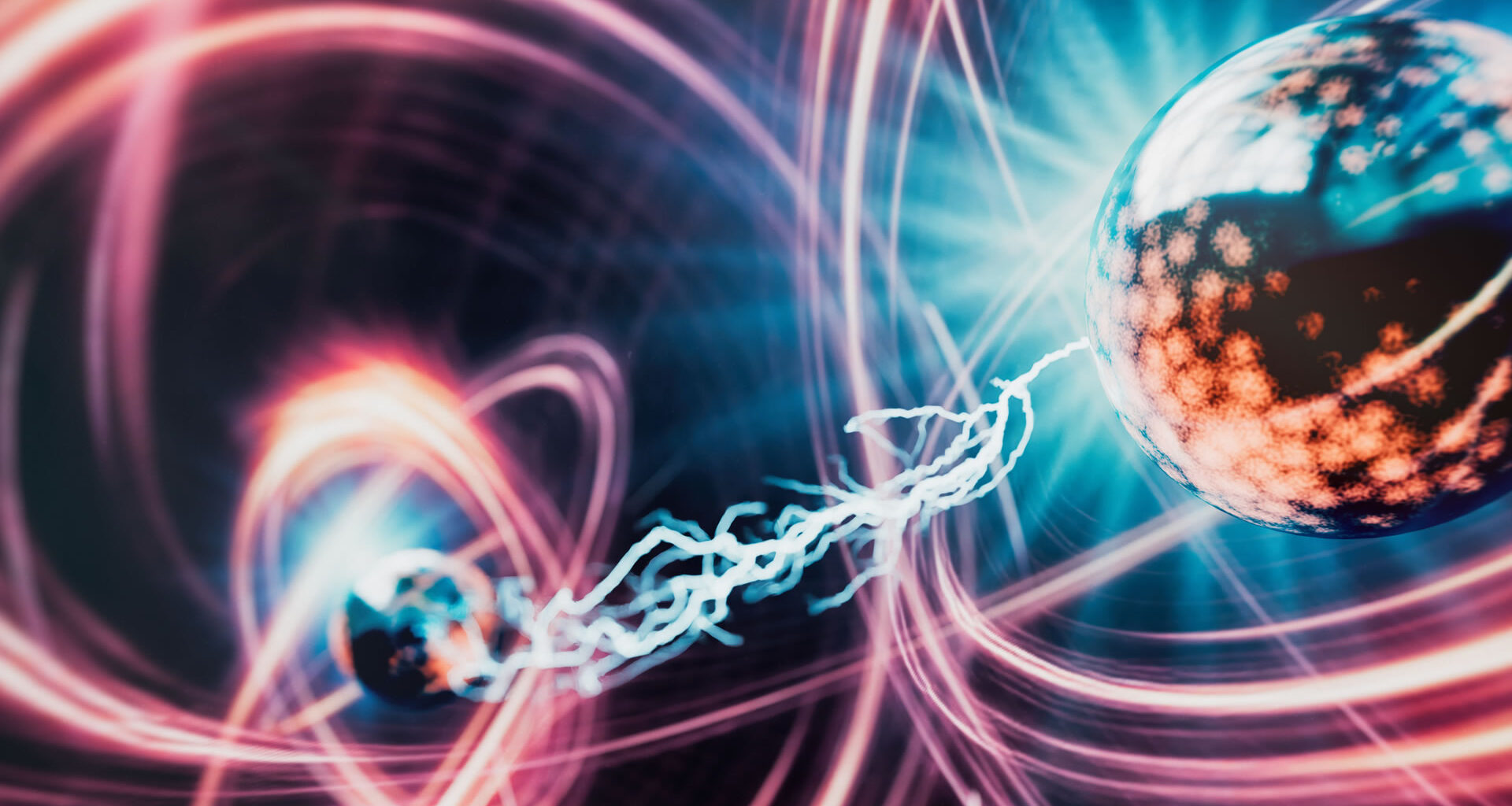A team of researchers from Switzerland and France and theoretical physicists in Canada and the U.S., including Rice University, believe they have found evidence of a theorized quantum phenomenon called quantum spin liquid. Observed in a material called pyrochlore cerium stannate, this discovery could yield discoveries in fundamental physics and open doors to breakthroughs in other things like quantum computers.
Quantum spin liquid, in case you are unaware, is a theoretical special state of matter where tiny magnetic particles don’t settle in a fixed pattern. It is believed this can even occur at the coldest temperatures possible.
According to the theory, these spins can stay in constantly changing, interconnected states that behave oddly, similar to those in quantum mechanics. This state of matter also has properties that mimic how light and particles interact in the universe.
However, proving the theory has, until now, proved very challenging. To this end, the international team developed advanced experiments (like neutron-scattering) and theoretical models to attempt to observe this state of matter for the first time.
And, by all accounts, they appear to have been successful.
A major breakthrough
“Fractional matter quasiparticles, long theorized in quantum spin liquids, required significant advancements in experimental resolution to be convincingly tested in this type of material,” said Romain Sibille, the experimental team leader at Paul Scherrer Institute in Switzerland.
“The neutron scattering experiment was performed on a highly specialized spectrometer at the Institut Laue-Langevin in Grenoble, France, allowing us to obtain extremely high-resolution data,” he added.
“Neutron scattering is a well-established tool in analyzing the behavior of spins in magnets,” added Andriy Nevidomskyy, associate professor of physics and astronomy at Rice, who conducted a theoretical analysis of the acquired data. “It is challenging, however, to develop an unambiguous ‘smoking gun’ signature that would prove the material harbors a quantum spin liquid,” he added.
In our current understanding of quantum mechanics, electrons possess a property known as spin. This means that they behave in a manner akin to tiny bar magnets.
When electrons interact, their “spins” align or anti-align (align in the opposite direction). However, this alignment/anti-alignment can be disrupted in some materials, like pyrochlores.
This is called “magnetic frustration” and can lead to conditions where, the researchers say, quantum mechanics can be created in interesting ways, like the creation of quantum spin liquids. Yet, despite the name, this phenomenon can manifest in various states of matter, including solids.
Talking quantum particles
The effect is so significant, the researchers explained, that electrons can form quantum mechanical superposition that results in fluidlike correlations between electron spins as if the spins are immersed in a liquid.
“At a quantum level, the electrons interact with one another by emitting and reabsorbing quanta of light known as photons. Similarly, in a quantum spin liquid, the interaction between spinons is described in terms of exchanging lightlike quanta,” said Nevidomskyy.
The team explained that these spinons could even “talk” to each other by exchanging waves similar to light but much slower. This interaction is somewhat like how electrons exchange photons in the quantum theory of light.
“After this discovery, it is all the more exciting to search for evidence of monopolelike particles in a toy universe formed out of electron spins in a piece of material,” said Nevidomskyy.
The team is now looking for other exotic particles, like “visons,” which could act like magnetic monopoles—a theoretical idea from decades ago. These discoveries could deepen our understanding of the universe and how matter works at the smallest scales.
You can view the study for yourself in the journal Nature Physics.
